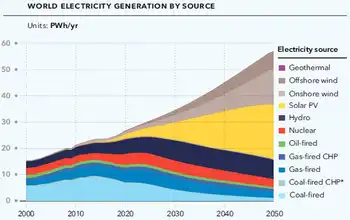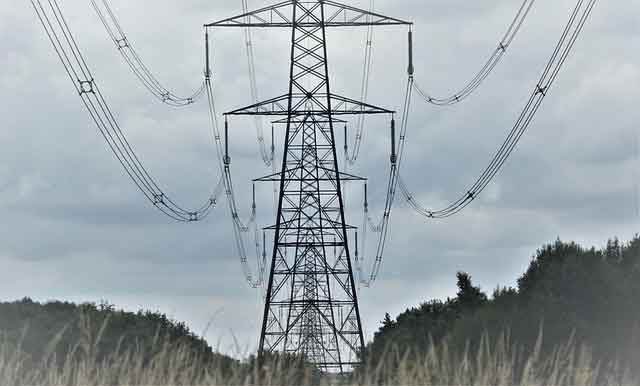AESO Reports change to CIP standard
By Alberta Electric System Operator AESO
Substation Relay Protection Training
Our customized live online or in‑person group training can be delivered to your staff at your location.

- Live Online
- 12 hours Instructor-led
- Group Training Available
In response to concerns raised by market participants, the AESO in a letter dated June 28, 2012 proposed the clarification of the applicability of certain currently effective reliability standards. The objective of the clarification is to enable market participants to more easily self-assess whether a specific reliability standard is applicable to the facilities they own and/or operate. The AESO has also recently implemented improvements to its Applicability Assessment Request Process should there be any remaining circumstances under which it is still unclear as to whether an Alberta reliability standard applies.
As such, the AESO is now amending the applicability subsection of existing CIP-001-AB1-1. The applicability section of existing CIP-001-AB1-1 was originally developed and approved using functional entity types as identified in Table 1 Registration Criteria Applicable to Reliability Standards in Effect on December 1, 2010 of the Alberta Reliability Standards Functional Model and Criteria for Registration dated December 9, 2010.
Since that time, revisions and subsequent improvements regarding clarity have been made to the functional entity types as part of the AESOÂ’s Transition of Authoritative Documents TOAD initiative and are identified in Table 2 Registration Criteria Applicable to Future Reliability Standards of that document. To ensure these improvements are reflected within all current reliability standards applicable to market participants, the CIP-001-AB1-1 Applicability Changes update the functional entity types to those identified in Table 2. The purpose of this reliability standard is to ensure that sabotage events are appropriately reported.
This amendment does not change the original applicability intent for existing CIP-001-AB1-1, nor does it in any way modify the requirements or measures. The amendment simply provides applicability clarification using the updated functional entity types, which ultimately narrows the scope of applicable entities for existing CIP-001-AB1-1.
All reliability standards proposed for approval or rejection by the AESO are based on the reliability standards and definitions developed, or approved, and enforced by the North American Electric Reliability Corporation NERC. The NERC was certified as the Electric Reliability Organization ERO for the United States by the Federal Energy Regulatory Commission FERC under the US Energy Policy Act of 2005. The NERC has been granted recognition as the ERO by the Minister of Energy in Alberta pursuant to Section 20 of the Transmission Regulation.
In accordance with Section 19 of AlbertaÂ’s Transmission Regulation, the reliability standards that apply in Alberta are those of the ERO or any other reliability standards to the extent that such reliability standards are adopted by the AESO after consultation with market participants and after receipt of Commission approval.
CIP-001-AB1-1 APPLICABILITY CHANGES The CIP-001-AB1-1 Applicability Changes amend the applicability subsection of existing CIP-001-AB1-1 so that this reliability standard will apply to: a the operator of a transmission facility b the operator of a generating unit that: i is not part of an aggregated generating facility ii has a maximum authorized real power rating greater than four point five 4.5 MW and iii is directly connected to the transmission system or to transmission facilities within the City of Medicine Hat c the operator of an aggregated generating facility that: i has a maximum authorized real power rating greater than four point five 4.5 MW and ii is directly connected to the transmission system or to transmission facilities within the City of Medicine Hat d the operator of an electric distribution system, except those operators that only operate equipment below 25 kV and e the AESO.
PROPOSED EFFECTIVE DATE The AESO proposes that the CIP-001-AB1-1 Applicability Changes become effective ninety 90 days following approval by the Commission.











